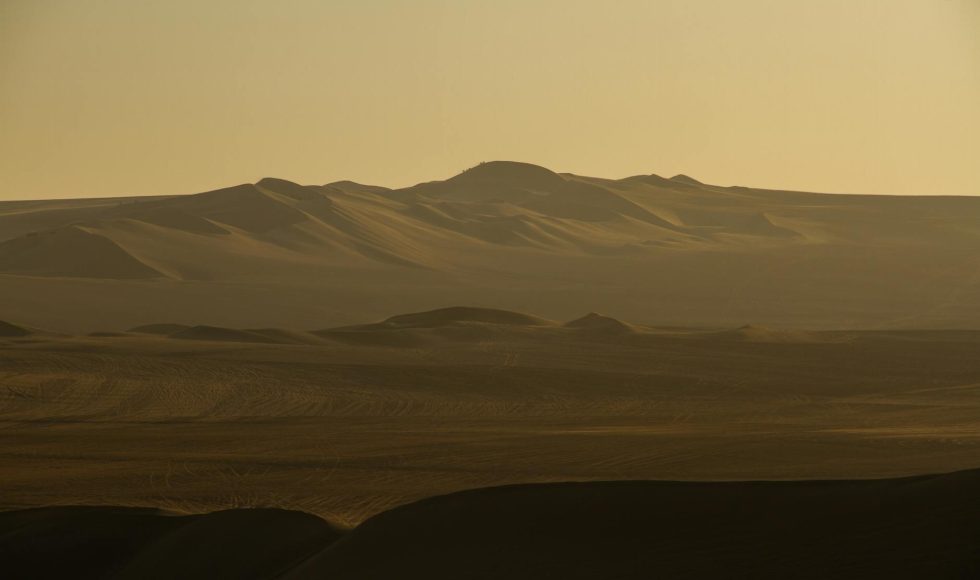Adriel Latorre-Perez from the Darwin Bioprospecting Excellence S.L. in Spain presented at the Nanopore Community Meeting 2021. I had watched this session previously and wanted to review it since I assigned a video this week related to bioprospecting. The title of the session is “A round trip to the desert: in situ nanopore sequencing informs targeted bioprospecting.” Latorre-Perez defined microbial bioprospecting as “the search for biotechnologically relevant products from microbial communities.” They explained that the process begins with study design (and paperwork), bioprospecting expedition, lab screening, and traditional approaches after sequencing. Samples are collected, and screening is time-consuming. The objective of the study Latorre-Perez spoke about was to find and isolate radiation and desiccation-resistant bacteria. They chose the Tabernas desert, the only European desert. The expedition was divided into three days: the first day was sampling and setup of the mobile lab. The second day included DNA purification, barcoding PCR, and sequencing. It was interesting to learn that they used the EXP-PBC096 and the ligation-dependent SQK-LSK109 kits. Sequencing was stopped after six hours. Basecalling was performed overnight. The third day involved data analysis and used the custom pipeline called Spaghetti. Spaghetti uses minimap2 and the Silva 138 database. The goal was to identify the most promising samples for further sampling at promising sites. All the samples were screened for growth. The beta diversity was analyzed for biocrust and soil samples. Latorre-Perez explained that they focused on radiation and desiccation-resistant genera. They then ranked the samples with the most radiation- and desiccation-resistant bacteria. After selecting the samples, they returned to the desert and took additional samples for culturing. The Nanopore sequencing results were compared to those of the microbial culture. Latorre-Perez concluded by emphasizing that the portable genome sequencing with Nanopore devices allowed them to identify samples with the desired microbial diversity. I appreciate how they used the initial expedition to learn about sampling sites and identify promising ones. Next, they returned to sites with samples with desired taxa based on Nanopore sequencing.



